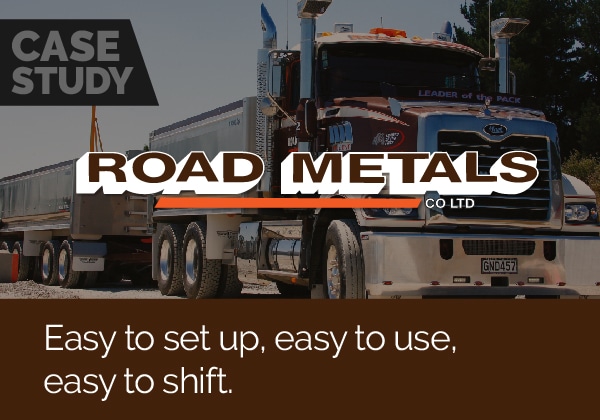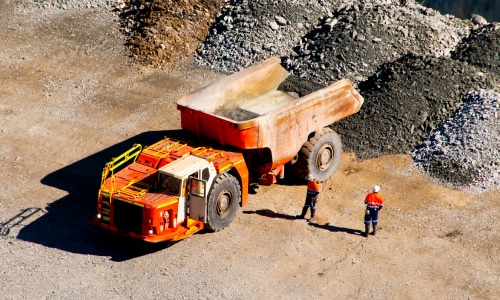Optimizing Mining Operations with Pitram and Loadscan Integration at CSA Cobar The MAC [...]
How is the LVS powered?
Usually your load volume scanner will require a 110/240VAC power supply. If main power is not available an approved inverter-type generator (1KVA or higher) [...]
Is it better to weigh or scan truck loads?
Load volume scanning is fast becoming the industry standard in sectors reliant of shifting bulk material. Mining, civil construction, landscape product supply, and quarrying [...]
How can I optimize truck loading?
Trucking and haulage operations are increasingly turning to Loadscan and taking advantage of 3D volume profiling to get more material on their trucks without [...]
How does load volume scanning work?
Load volume scanning works by having the vehicles drive below an elevated scan head. The scanning process is fully automated and will provide volumetric [...]
How many yards in my truck?
The most accurate method of determining truck volume is to use a 3D volume scanner. Volumetric scanning is also often faster and more cost [...]
How can I calculate volume / how many tonnes of material on the truck?
The most accurate method of determining truck volume is to use a 3D volume scanner. Volumetric scanning is also often faster and more cost [...]
Will the load volume scanner (LVS) work if the load is heaped above the sides of the truck?
Yes, as long as the top of the load is well clear of the scan-head and there is some drop-off below the level of [...]
Can the load volume scanner (LVS) scan covered loads?
No, loads must be uncovered during the volumetric scanning process.
Can I scan material in a car trailer or small utility vehicles or pickup?
Not usually. However, we can scan small town or mini trucks with standard tray configurations as the minimum capacity for an accurate volume scan [...]
Can I scan material in a tractor trailer?
Yes, generally. The trailer must meet the minimum size requirements and be of an open, regular shape.









































